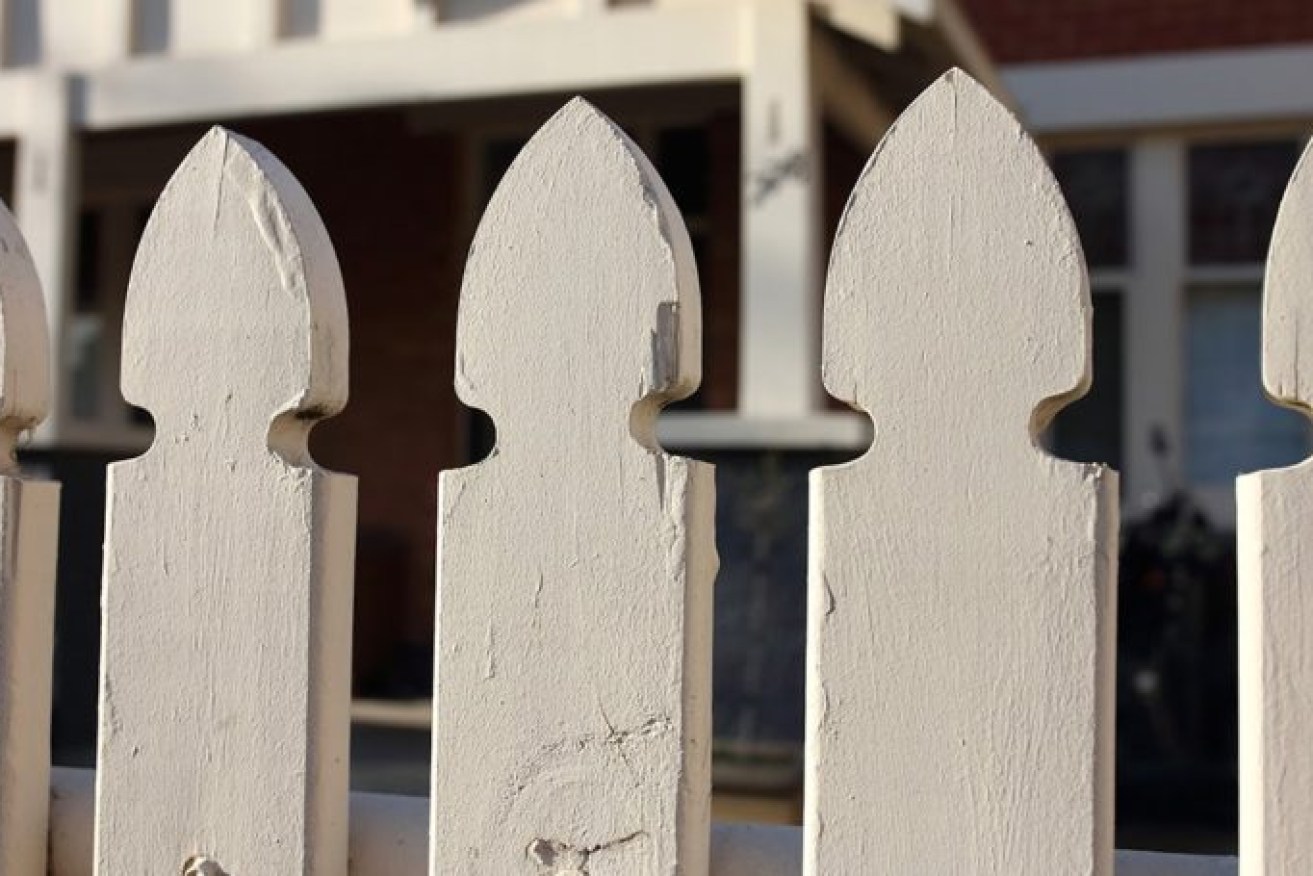Housing is a right, not a luxury
Thousands of South Australians are left out in the cold by a lack of public housing, rentals and skyrocketing real estate prices. Michelle Gegenhuber argues that action to provide a roof over people’s heads is good economic and social policy.

Having a home is not a luxury. A safe place to call home is essential for every individual and family.
As politicians transition out of campaign mode, and the nation settles into life under a new federal government, finding solutions to the housing crisis must remain front of mind.
With 6,000 people in South Australia experiencing homelessness each night, and thousands more on the state’s social housing waiting list, it’s not going to be a quick fix. Record breaking property prices, brutal rental markets, and wages that have fallen far below the cost of living have made housing stress and insecurity a reality for millions of Australians.
According to a recent survey conducted by the University of South Australia, 95 per cent of readers knew someone struggling in the housing market.
Our state, like the rest of the country, is in the grip of a housing crisis. Our current system can’t cope. Rental availability and affordability are at an all-time low across the country and availability is at its worst in Adelaide, where vacancy rates hit 0.2 percent in March this year.
The 2022 Anglicare Australia Rental Affordability Snapshot released last month, found there was not a single affordable rental available to single aged pensioners, those on disability support, and singles receiving parenting payments, Jobseeker, or the Youth Allowance.
So many vulnerable people in our community are excluded from the housing market. Older people, low-income earners, those escaping domestic violence, First Nations people, young people, and people with illness or disability are finding themselves forced into homelessness. Other factors such as employment insecurity, cost of living and a lack of support only make it harder.
We need an urgent, national, coordinated response to this crisis. It’s the job of the government, industry, and the housing and community services sectors to figure out how best to bring about the positive change needed to develop a multi-provider system that provides a home for all.
It costs more to keep people homeless than to house them
Investment in housing for all delivers community-wide social and economic benefits. When people are securely housed, savings through increased social participation and reduced service use far outweigh the cost of investment.
A 2016 study in Victoria showed that people experiencing homelessness used around $50,000 worth of government services annually, while those in supported housing used only $35,000 – including the cost of the housing. It costs more to keep people homeless than to house them.
2019 modelling shows how the provision of 250,000 social dwellings can deliver $5-11bn in savings to government in reduced costs to the health, human services and criminal justice systems over just 10 years. This is in addition to creating 46,000 jobs a year and contributing up to $40bn in GDP.
We know that there are significant positive flow-on effects that come from securing stable, sustainable housing – across health, education, employment, and community participation. Housing plays a significant role in the well-being of individuals and families.
Everyone needs access to safe, stable, affordable housing. It’s a social responsibility we can’t ignore. And it needs action now.
Michelle Gegenhuber is executive general manager, Believe Housing Australia




